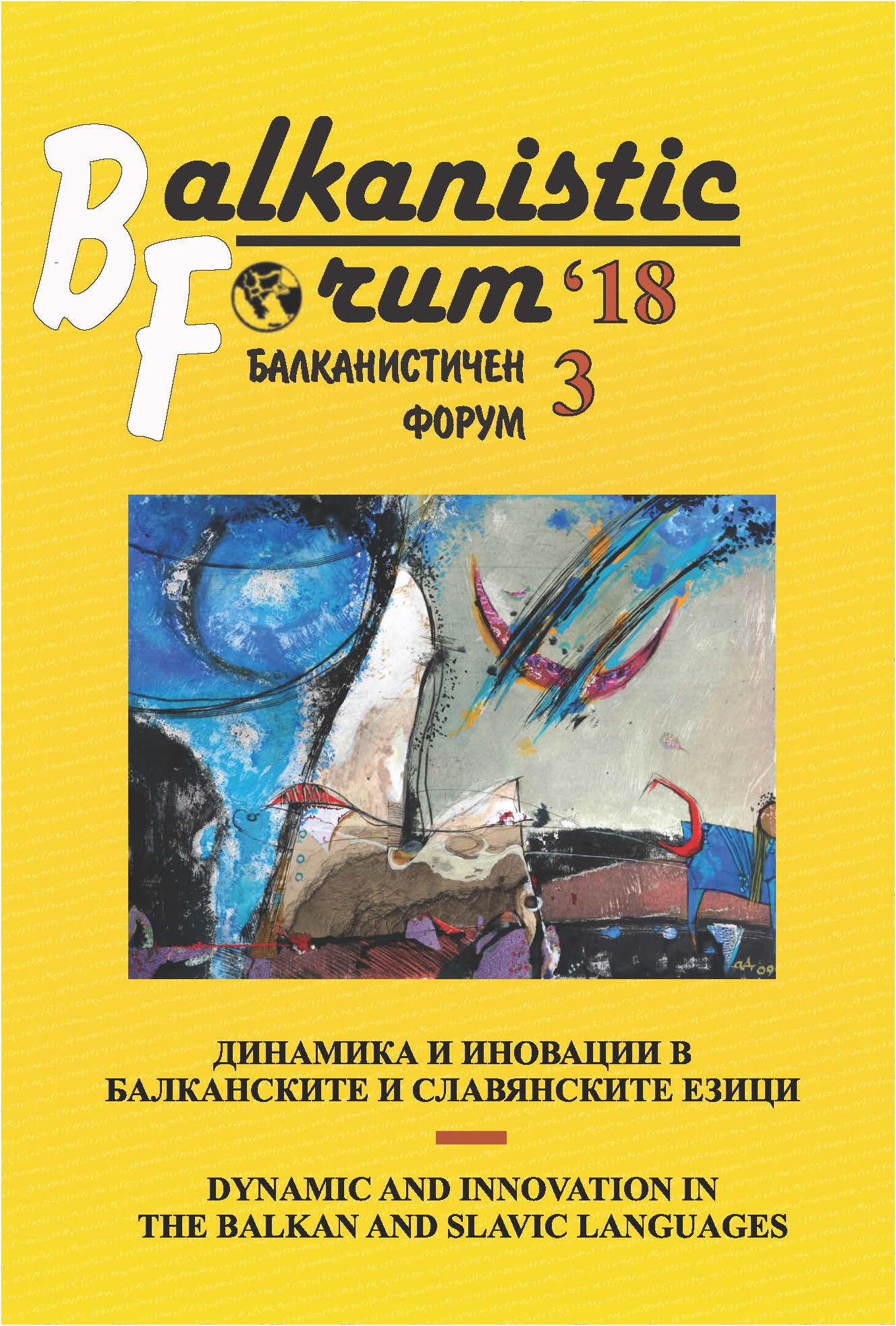Hungarian, or rather substratum elements in Romanian?
Hungarian, or rather substratum elements in Romanian?
Author(s): Sorin PaligaSubject(s): Language studies, Language and Literature Studies
Published by: ЮГОЗАПАДЕН УНИВЕРСИТЕТ »НЕОФИТ РИЛСКИ«
Keywords: historical disputes; ideology; comparative linguistics; Hungarian-Romanian relations; substratum elements; Thracian heritage; Balkansprachbund
Summary/Abstract: The linguistic, historical and cultural relations between the Hungarians and the Romanians have been much affected by the ideological and political approach. This was already obvious in the 19th century. The debates from those times until now referred to primordiality, the answer to the question ‘who came first’ summarised in the slogan prior tempore, prior lege or, in a more elegant formula, qui prior tempore potior iure.The purpose of this paper is to show these ways of analysing history, archaeology and linguistics because it can not lead to a rational and scientific discussion. The role of linguists is to make correct and reliable analyses; to underline difficulties, if possible without preconceived ideas; to offer solutions; and to avoid political implications or political interpretations. This paper tries to present some relevant cases, i.e. the currently erroneous hypothesis, shared by most linguists in both Hungary and Romanian. Some words considered of Hungarian origin are, in some cases, substratum (Thracian) elements, e.g. Rom. gând < Hu. gond; labă ~ láb, talpă < talp etc., while a mântui is explainable as a peculiar development of post-classical Lat. manu tueor ‘to heal by hand’. Some of these elements are shared with other languages grouped in the so-called Balkansprachbund. All these are not intended to deny the influence of Hungarian on Romanian. This simply means that comparative and historical-etymological analyses must be correct and based on analysable data, not on choosing politically and ideologically convenient interpretations. The paper tries to outline these details, and to offer solutions. The solutions must follow the general rules of comparative and historical linguistics, among these the ever present and inevitable principle of repeatability.
Journal: Балканистичен Форум
- Issue Year: 2018
- Issue No: 3
- Page Range: 202-217
- Page Count: 16
- Language: English
- Content File-PDF

